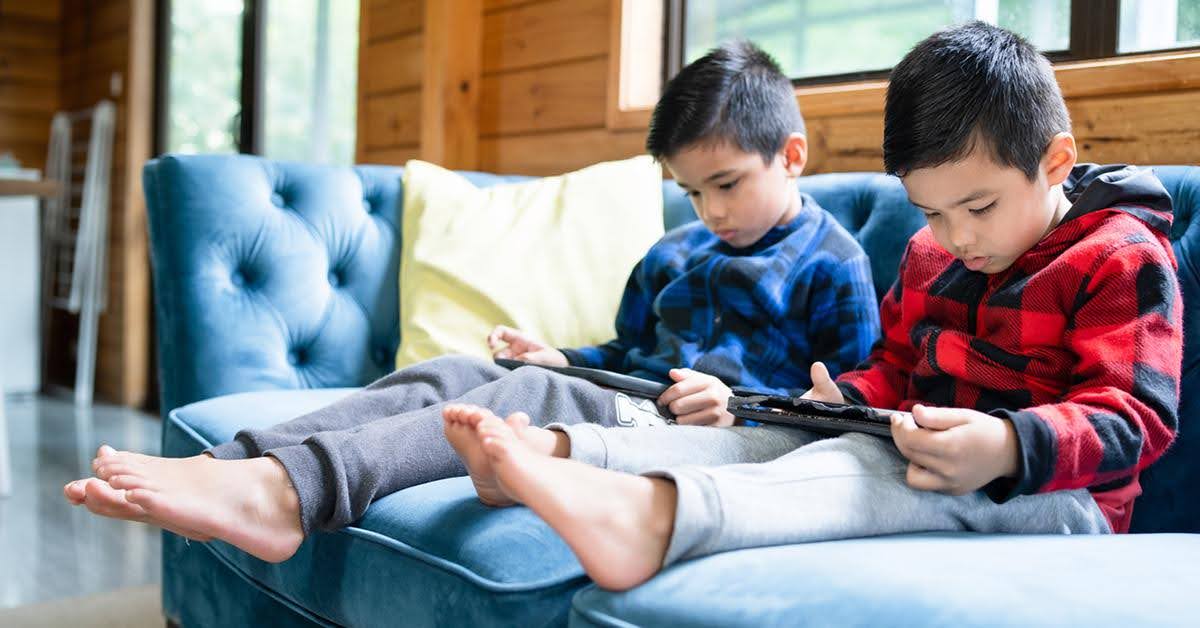
Before anyone notices the lighting, the floral arrangements, or the playlist, they notice the smell. Food is the first unspoken introduction an event makes. It sets the pace, the expectation, and often the memory people will carry home. Research shows that smell is directly linked to memory formation and emotional recall, more than any other sense. Translation: before the speeches and the champagne toasts, guests are already deciding how the night feels, based on what’s simmering behind the scenes.
The Emotional Architecture of an Event
Catering is not logistics. It is emotional architecture. A plate of food is rarely just about nutrients; it is about context, about signaling care, about timing. Think of a wedding where the entrees arrive late. People remember the hunger, not the vows. Or the corporate launch where the hors d’oeuvres are too complicated to hold with a glass of wine. Guests remember the awkward juggling act, not the keynote. The right caterer knows that they are not feeding stomachs; they are engineering moods.
Why Parents Notice First
We know parents are the first to read the cues. They’ve hosted birthdays where sugar meltdowns threatened to hijack the day. They’ve learned that serving food on time is less about manners and more about crisis management. Parents are finely tuned to the social chemistry of an event. When the food is thoughtful, balanced, and seamless, they relax. And when parents relax, everyone else follows suit.
More Than Presentation, It’s Precision
Presentation gets the Instagram likes. Precision keeps the event from unraveling. Portion sizing, timing, and flow matter more than centerpieces. A caterer who gets this understands that one undercooked entrée or one missing vegetarian option can change the mood of the table. Studies on hospitality satisfaction confirm that consistency and reliability weigh heavier in guest perception than aesthetic extras. It is the science of not letting details slip, because when one slips, all the others start to feel shaky too.
Choosing a Caterer Is Choosing a Narrative
Every event tells a story. Is it aspirational? Is it intimate? Is it functional? The caterer is a co-author. Choosing the wrong one is like hiring someone who didn’t read the brief. The dishes they put out will either reinforce the storyline or create dissonance. Imagine announcing a sustainable wedding theme only to serve imported strawberries in January. The story fractures. Guests notice. And once they notice, they start doubting other details too.
Why Local Expertise Matters
Food is tied to geography. A caterer who knows the local market, suppliers, and seasonal rhythms builds menus that feel authentic and grounded. This is not just an aesthetic preference. Studies show that people increasingly value locally sourced ingredients and transparent sourcing at events . It creates a sense of place, of relevance. It also ensures that the food matches the climate and mood of the moment, not something imported from a different ecosystem entirely.
When Flexibility Becomes the Selling Point
Events rarely run on time. Guests are late. Schedules change. Something unplanned happens, because something always does. The best caterers are not the ones with the most elaborate menu, but the ones who know how to pivot without panic. That kind of adaptability is invisible when everything goes right, but unforgettable when it saves the night. The right caterer knows their work lives in that margin between planned and improvised.
The Subtle Luxury of Feeling Considered
Luxury is not always foie gras or champagne. Luxury is arriving at a party and realizing someone thought through what you, specifically, would want. The vegetarian guest finds a dish that is not a lazy afterthought. The parent with kids discovers that finger foods are actually designed for small hands. The person with allergies is not cornered into explaining themselves at every table. Feeling considered is a luxury. And it is one the right caterer delivers without making a production out of it.
The Financial Layer No One Talks About
Catering is usually the biggest expense in an event budget. It can be half or more of total costs, depending on scale. Yet most hosts underestimate its impact.

They over-spend on flowers and under-spend on food. Guests will forgive an average centerpiece. They will not forgive being hungry.
Where My Catering Group Fits In
When planning an event that needs to feel effortless, partnering with an experienced team matters. Services like My Catering Group understand that success is measured not just by taste, but by timing, adaptability, and detail. They bring the infrastructure of reliability while still allowing space for creativity. For hosts who want the event to feel memorable rather than mechanical, this balance is not optional. It is essential.
The Invisible Timeline of Appetite
Events unfold in rhythms most people never think about. Guests arrive with varying levels of hunger, depending on when they last ate. Children are often already restless. Adults might have skipped lunch knowing there would be dinner.
The right caterer anticipates these invisible timelines. They make sure appetizers circulate fast enough to diffuse tension. They know when to pause for speeches without leaving guests distracted by hunger. Appetite is not a variable you can negotiate with. It is a biological clock. Ignore it, and the entire event feels longer, heavier, less forgiving.
Why Service Style Shapes Social Energy
Buffet, plated dinner, passed hors d’oeuvres: these are not just service styles, they are social cues. A buffet encourages movement and mingling, but risks long lines. A plated dinner offers structure and formality, but can feel rigid. Passed hors d’oeuvres create energy but require choreography between staff and guests.
Choosing the right service style is about aligning food with the type of social energy you want in the room. An experienced caterer doesn’t just cook for the event; they design the flow of human interaction.
Food as the Silent Host
Even when you are the one sending out invitations, food is the host that guests actually remember. It greets them, comforts them, sustains them, and leaves them with an aftertaste that lingers longer than speeches. The right caterer ensures that the silent host is generous, efficient, and perfectly in sync with the night’s intention. Which means by the time you raise a glass, the mood has already been set.



















 Running a cyber cafe isn’t one-size-fits-all. What works for a gaming lounge might not fit a sweepstakes cafe—or a mix of both. That’s why using
Running a cyber cafe isn’t one-size-fits-all. What works for a gaming lounge might not fit a sweepstakes cafe—or a mix of both. That’s why using 



















